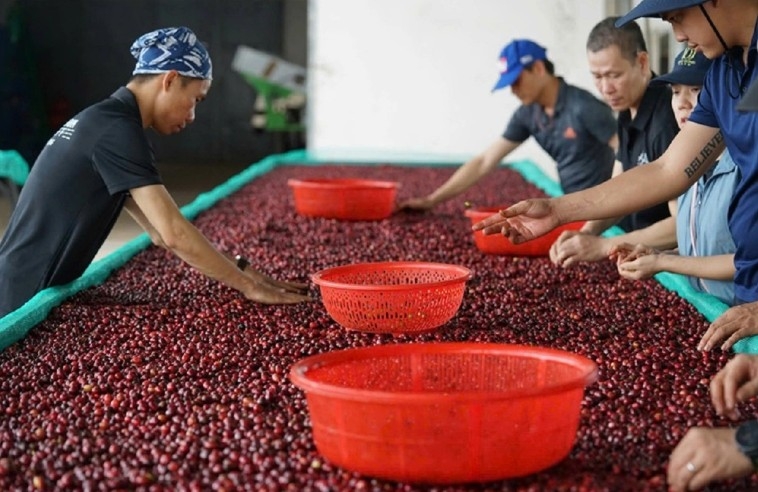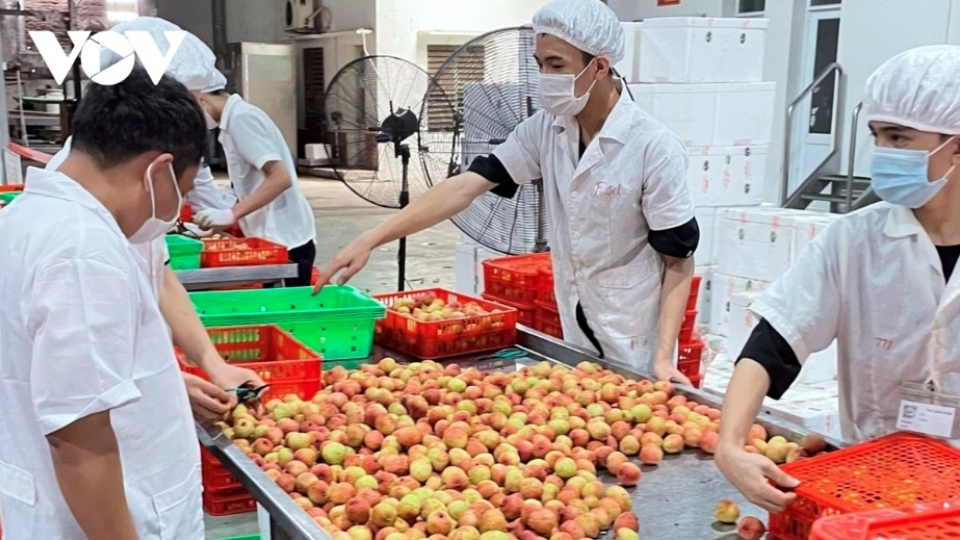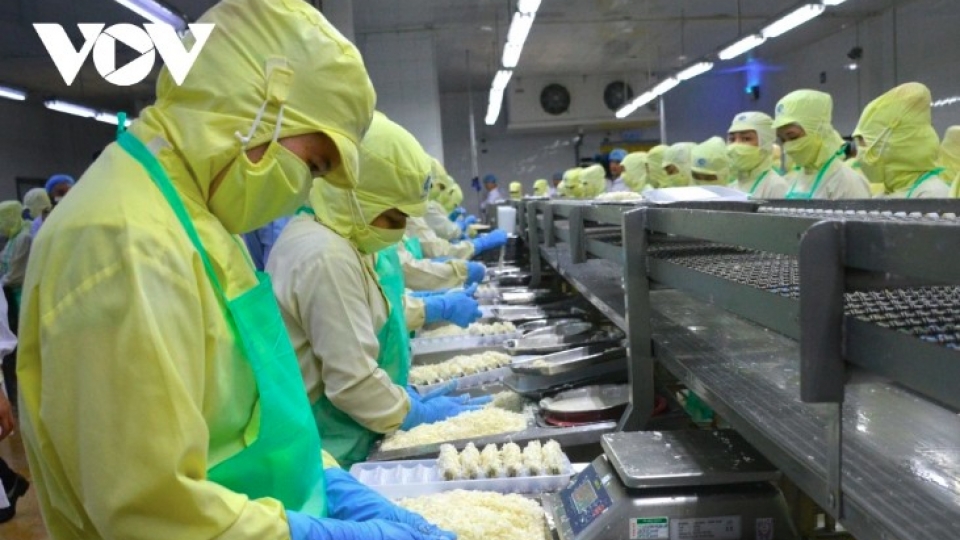20% reciprocal tariff poses hurdles for Vietnamese exports to US
VOV.VN - Since July, exports from several sectors to the US have slowed as American buyers tighten orders and ask Vietnamese businesses to share the burden of the 20% reciprocal tariff.
Businesses turn cautious on US orders
According to Dr. Can Van Luc, although the US announced the tariff on April 2, shipments through June were largely unaffected as companies rushed to fulfill orders ahead of the official implementation. However, the impact has become clear since July, with US partners placing smaller and fewer orders.
Nguyen Manh Hung, Vice Chairman and CEO of Nafoods Group, said exports to the US, which account for 22% of the company’s revenue, have dropped sharply. Buyers are cautious, placing limited orders while negotiating to split the 20% tariff, which prolongs transactions.

“If US consumers had to shoulder the entire tax, they would immediately reject our products. We are forced to share the cost, eroding profits to near break-even. The bigger challenge is slower cash flow due to rising inventories,” he said.
He added that if the 20% tariff remains long-term, both farmers and Vietnamese companies will face major pressure, especially as US fruits enter Vietnam tax-free, undercutting local produce.
The textile and garment sector has also seen orders slow since July. Phạm Van Viet, Chairman of Viet Thang Jean, noted that orders shipped before June 20 were delivered on time, but new contracts, especially for basic items, have stalled. “US orders may only recover around September,” he predicted.
Still, Vietnam’s garment industry recorded overall growth in the first seven months of the year, thanks to expansion into 107 markets. Viet Thang Jean, for example, has reduced its US market share from 30% while boosting exports to the EU, the Republic of Korea, and the domestic market. “We cannot depend on a single market amid such uncertainty,” Viet stressed.
Agriculture and wood exports: pressure and opportunity
Phan Minh Thong, Chairman of Phuc Sinh Group, said the US remains a key destination for Vietnamese exports such as coffee, pepper, and seafood. Despite competition from Thailand, the Philippines, and Brazil, Vietnam still has an edge thanks to relatively lower or equivalent tariffs. Industry associations continue negotiating in hopes of reducing tariffs to zero on products the US does not produce, like pepper and cinnamon.
In the wood sector, Phung Quoc Man, Chairman of HAWA, stated that businesses have already adapted to the long-standing 19–20% tariff. “American consumers love Vietnamese wood products for their craftsmanship, out of 10 kitchen items, four are from Vietnam,” he said.

From January to July 2025, Vietnam’s wood and furniture exports to the US reached US$5.6 billion, up 11.6% year-on-year, demonstrating that businesses are adapting effectively. Many are also diversifying markets and cutting costs to stay competitive, while some are even considering building production facilities directly in the US to avoid trade barriers.
Experts and business leaders agree that long-term resilience lies in market diversification, expanding into the EU, the Republic of Korea, Japan, and China, which have FTAs with Vietnam and remain full of growth potential. They also underlined the need for stronger government support, from preferential loans to streamlined procedures, to help exporters mitigate the tariff’s impact.




